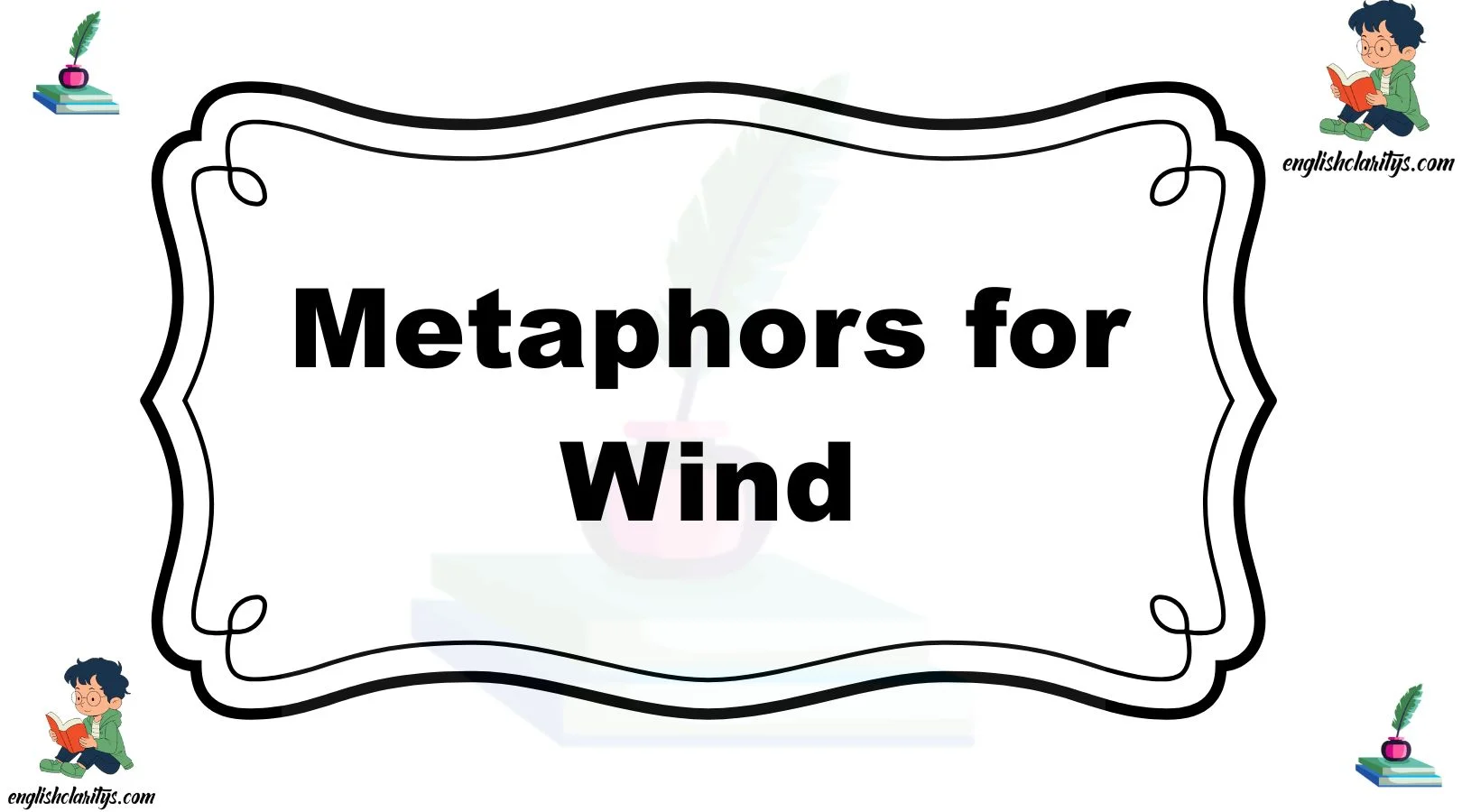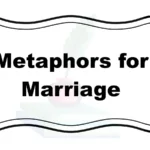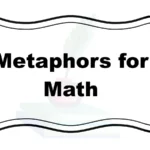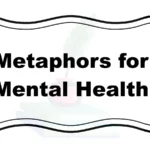Words have power — and metaphors often carry more than meaning; they carry emotion, nuance, and imagination. When trying to describe the wind, we aren’t just talking about moving air — we’re trying to communicate energy, change, presence, or even mystery.
Whether you’re a writer, poet, teacher, or simply someone looking to make their message more memorable, these metaphors for wind can help you express with warmth and care. Let’s explore these phrases that give life to the unseen force around us — and help your words breathe.
1. The Whisper of Nature
Meaning: Wind as a soft, quiet communicator from the natural world.
Explanation: This metaphor imagines the wind as gentle and subtle, as if nature is whispering secrets to us.
Example: As she sat under the tree, the whisper of nature calmed her racing thoughts.
Other ways to say it:
- Nature’s hush
- Earth’s quiet breath
- Breeze-born whispers
2. Sky’s Breath
Meaning: Wind as the exhale of the sky or atmosphere.
Explanation: The metaphor paints the wind as the sky breathing, giving a sense of natural rhythm and life.
Example: The leaves rustled gently in the sky’s breath as dusk settled in.
Other ways to say it:
- Heaven’s sigh
- Celestial exhale
- Air’s lullaby
3. Invisible River
Meaning: Wind flowing like a river through the air.
Explanation: This metaphor conveys fluidity and motion, likening wind to water you cannot see but can feel.
Example: She stood still as the invisible river flowed past her, cooling her sunburned skin.
Other ways to say it:
- Airstream current
- Silent flow
- Fluid sky
4. The Dancing Ghost
Meaning: Wind as a playful, unseen presence.
Explanation: Wind feels alive and present, though we can’t see it — like a ghost that dances through fields and cities.
Example: The dancing ghost rushed past, swirling the fallen leaves.
Other ways to say it:
- Spirit of the breeze
- Phantom of air
- Whirling whisper
5. The Sky’s Messenger
Meaning: Wind as a carrier of messages from nature or heavens.
Explanation: This gives wind a purpose — to carry sounds, scents, and stories.
Example: The scent of rain came early, brought by the sky’s messenger.
Other ways to say it:
- Cloud courier
- Whispering envoy
- Airborne herald
6. Breath of the Earth
Meaning: Wind as the Earth itself exhales.
Explanation: It connects the living nature of Earth with the breath that is wind.
Example: The breath of the Earth blew over the mountains, cold and steady.
Other ways to say it:
- Gaia’s sigh
- Planet’s breath
- Terra’s exhale
7. Air’s Lullaby
Meaning: A soft, comforting wind.
Explanation: This metaphor gives the wind a soothing, musical quality, like a song to calm the mind.
Example: He fell asleep to the air’s lullaby rustling the curtains.
Other ways to say it:
- Wind’s song
- Nature’s hum
- Breeze melody
8. Nature’s Sculptor
Meaning: Wind as a force that shapes the world.
Explanation: Over time, wind carves landscapes, moves dunes, and bends trees — much like a sculptor molds clay.
Example: The cliffs stood tall, shaped by nature’s sculptor over centuries.
Other ways to say it:
- Windsmith
- Air crafter
- Elemental artist
9. Wild Choreographer
Meaning: Wind directing the movement of things.
Explanation: It likens wind to a choreographer guiding leaves, branches, and clouds in a dance.
Example: The trees swayed in rhythm with the wild choreographer above.
Other ways to say it:
- Wind conductor
- Breeze ballet master
- Air orchestrator
10. Silent Roamer
Meaning: Wind that travels quietly.
Explanation: Wind moves freely and endlessly, exploring without boundaries.
Example: The silent roamer wandered the desert with no destination.
Other ways to say it:
- Wandering wind
- Quiet traveler
- Air nomad
11. The Wandering Spirit
Meaning: Wind as a restless, free soul.
Explanation: It conveys a sense of freedom and unpredictability, moving without destination.
Example: The wandering spirit howled through the canyon, unchained and wild.
Other ways to say it:
- Wayward breeze
- Nomadic whisper
- Spirit of motion
12. Nature’s Pulse
Meaning: Wind as the heartbeat or rhythm of nature.
Explanation: Like a pulse, wind brings rhythmic energy to stillness, keeping the world alive.
Example: The leaves beat softly to the rhythm of nature’s pulse.
Other ways to say it:
- Earth’s rhythm
- Elemental beat
- Air’s heartbeat
13. The Sky’s Fingers
Meaning: Wind as the soft or strong touch of the sky.
Explanation: It evokes a tactile image of the sky physically interacting with the world.
Example: The sky’s fingers brushed her face as the wind picked up.
Other ways to say it:
- Cloud touch
- Breeze caress
- Heaven’s hand
14. Whispering Traveler
Meaning: Wind as a quiet visitor moving through places.
Explanation: This metaphor suggests wind passes through like a story-teller on a journey.
Example: The whispering traveler brought with it the smell of distant fields.
Other ways to say it:
- Gentle nomad
- Passing breeze
- Wandering hush
15. The Invisible Sculptor
Meaning: Wind as a hidden force that molds the environment.
Explanation: Wind shapes rock, sand, and trees silently — an artist unseen.
Example: Time and the invisible sculptor carved the desert into waves.
Other ways to say it:
- Hidden hand
- Silent shaper
- Ghost carver
16. Wind’s Canvas
Meaning: The world as the surface upon which wind paints.
Explanation: This flips the metaphor — wind as artist, and earth as canvas.
Example: The field became the wind’s canvas, alive with motion.
Other ways to say it:
- Sky painter
- Airbrush landscape
- Elemental artistry
17. The Breath Between Worlds
Meaning: Wind connecting the earth and sky.
Explanation: It suggests a mystical link, like a breath passed between realms.
Example: She paused, sensing the breath between worlds stir her soul.
Other ways to say it:
- Air bridge
- Spirit breath
- Ether stream
18. The Soundless Song
Meaning: Wind as a melody without voice.
Explanation: This captures the musical essence of wind, especially in quiet places.
Example: The meadow was alive with the soundless song of morning wind.
Other ways to say it:
- Unheard lullaby
- Silent serenade
- Air’s rhythm
19. The Wild Hymn
Meaning: Wind as a free, natural song.
Explanation: A more emotional metaphor, invoking spiritual beauty and power.
Example: The forest echoed with the wild hymn of evening air.
Other ways to say it:
- Wilderness tune
- Wind psalm
- Elemental anthem
20. The Playground of Leaves
Meaning: Wind playing with fallen leaves.
Explanation: Wind becomes childlike, lively, and joyful.
Example: Leaves danced in circles in the playground of leaves, laughter in the air.
Other ways to say it:
- Breeze arena
- Leafy dance floor
- Whirlwind play
21. Voice of the Mountains
Meaning: Wind echoing through high places.
Explanation: In mountains, wind carries depth, age, and mystery.
Example: The voice of the mountains howled as snow fell gently.
Other ways to say it:
- Cliff cry
- Alpine whisper
- Echoing wind
22. Ocean’s Breath
Meaning: Coastal wind as if the sea is exhaling.
Explanation: Wind from the ocean feels powerful and moist, like the sea breathing.
Example: The ocean’s breath soaked her hair as she walked the shore.
Other ways to say it:
- Sea exhale
- Tidal breeze
- Maritime breath
23. The Wandering Echo
Meaning: Wind carrying sounds and whispers.
Explanation: It gives wind a reflective or ghostly character, bouncing voices across distances.
Example: The wandering echo carried laughter from the valley below.
Other ways to say it:
- Echo breeze
- Fading voice
- Winded call
24. The Hands of Change
Meaning: Wind as a symbol of transformation.
Explanation: Wind often arrives before or during change — storms, seasons, shifts.
Example: The hands of change swept across the fields, promising rain.
Other ways to say it:
- Winds of transition
- Air of renewal
- Transforming gust
25. The Sky’s Mood
Meaning: Wind reflecting emotional shifts in the weather.
Explanation: Just as people have moods, so does the sky — and wind reveals it.
Example: The fierce gusts felt like the sky’s mood turning stormy.
Other ways to say it:
- Weather’s emotion
- Cloud’s feeling
- Air’s attitude
26. The Moving Silence
Meaning: Wind as a presence that’s both quiet and active.
Explanation: It’s a poetic way to describe the quiet power of wind.
Example: She heard the moving silence wrap around the hills.
Other ways to say it:
- Soft force
- Traveling hush
- Invisible energy
27. The Invisible Dancer
Meaning: Wind as a graceful and playful mover.
Explanation: This metaphor gives elegance and play to the motion of air.
Example: The invisible dancer twirled through the curtains at dawn.
Other ways to say it:
- Ghost waltz
- Graceful gust
- Breezy ballerina
28. Earth’s Icy Fingers
Meaning: Cold wind as a sharp, physical touch.
Explanation: Wind, especially in winter, can feel like fingers poking your skin.
Example: The icy fingers of the Earth crept through her jacket.
Other ways to say it:
- Frozen breath
- Winter’s reach
- Chill claws
29. The Restless Murmur
Meaning: Wind as a constant, quiet presence.
Explanation: Some winds never stop — whispering and shifting at all times.
Example: The restless murmur never left the old pine woods.
Other ways to say it:
- Air’s murmur
- Uneasy breeze
- Enduring hush
30. The Celestial Nomad
Meaning: Wind as a mystical, wandering traveler of the heavens.
Explanation: This metaphor captures the ethereal, limitless nature of the wind.
Example: The celestial nomad journeyed across the fields and disappeared into the stars.
Other ways to say it:
- Heavenly traveler
- Skyswept spirit
- Cosmic breeze
Conclusion:
Each of these metaphors for wind gives us a different lens — poetic, emotional, or powerful — to describe what can’t be seen, only felt. Whether you’re writing a story, crafting a poem, or just looking for the right phrase to express yourself, these images offer depth, creativity, and heart. Use them to connect your readers (or listeners) to the soul of nature — because even the wind deserves a voice.
Exercise:
1. What does the metaphor “Sky’s Breath” describe?
a) Pollution in the air
b) The rhythm of thunder
c) The wind as if the sky is exhaling
d) Clouds forming
Answer: c
2. “Invisible Dancer” is a metaphor that describes:
a) Rainfall
b) Wind moving gracefully
c) Moonlight
d) Music in the forest
Answer: b
3. Which metaphor best implies change or transformation?
a) Nature’s pulse
b) The sky’s fingers
c) The hands of change
d) The playground of leaves
Answer: c
4. “Nature’s Sculptor” suggests that wind can:
a) Destroy buildings
b) Shape and mold the landscape
c) Paint pictures
d) Make sounds
Answer: b
5. “The Soundless Song” best fits which experience?
a) Loud thunder
b) Musical wind sounds
c) The quiet hum of wind
d) Rainfall
Answer: c
6. Which metaphor refers to the wind being like a gentle message?
a) Whispering Traveler
b) Earth’s Icy Fingers
c) Ocean’s Breath
d) Sky’s Mood
Answer: a
7. “The Breath Between Worlds” suggests wind is:
a) From animals
b) A mystical connection
c) Artificial air
d) Always dangerous
Answer: b
8. “The Wild Hymn” reflects wind as:
a) Mechanical
b) Musical and natural
c) A warning
d) A fire hazard
Answer: b
9. “Earth’s Icy Fingers” most likely refers to:
a) Heat wave
b) Cold winter wind
c) Volcano ash
d) Strong sunlight
Answer: b
10. What does “Celestial Nomad” suggest about the wind?
a) It lives only in forests
b) It is strong and loud
c) It wanders the heavens
d) It’s trapped in one place
Answer: c
11. Which metaphor highlights the artistic nature of wind?
a) Sky’s Mood
b) Nature’s Sculptor
c) Voice of the Mountains
d) Air’s Lullaby
Answer: b
12. “Wind’s Canvas” refers to:
a) A painting made of dust
b) How wind creates colors
c) The Earth as wind’s art
d) A stormy painting
Answer: c
13. “Restless Murmur” describes wind as:
a) Loud and angry
b) Calm but ongoing
c) Rare and unpredictable
d) A sudden burst
Answer: b
14. “Ocean’s Breath” is used to describe:
a) Sea waves
b) Air near the sea
c) Whale songs
d) Seaweed
Answer: b
15. “Playground of Leaves” best fits:
a) Dust storms
b) Autumn scenery
c) Trees with no leaves
d) Muddy paths
Answer: b
FAQs:
1. What is a metaphor for wind?
A metaphor for wind is a creative way to describe wind by comparing it to something else — without using “like” or “as.” For example, calling the wind “the sky’s breath” gives it life and emotion, making your language more vivid and expressive.
2. Why are metaphors important when describing wind?
Metaphors make the invisible feel visible. Since wind can’t be seen, using metaphors like “the whisper of nature” or “invisible dancer” helps readers imagine its movement, impact, and emotion in a more personal and poetic way.
3. Can I use these wind metaphors in poetry or storytelling?
Absolutely! These wind metaphors are ideal for poetry, fiction, descriptive writing, speeches, or even classroom assignments. They evoke atmosphere, mood, and tone, helping your writing feel alive and emotional.
4. What’s the difference between a metaphor and a simile for wind?
A metaphor says the wind is something (e.g., “The wind is a ghostly whisper”), while a simile compares using “like” or “as” (e.g., “The wind moved like a whisper”). Both are effective, but metaphors often feel more powerful and direct.
5. How can I teach children or students about metaphors for wind?
Start by asking how the wind feels, sounds, or moves, then guide them to imaginative comparisons like “the sky’s fingers” or “a dancing ghost.” Use simple examples, then invite them to create their own metaphors using feelings, nature, or objects they know.




